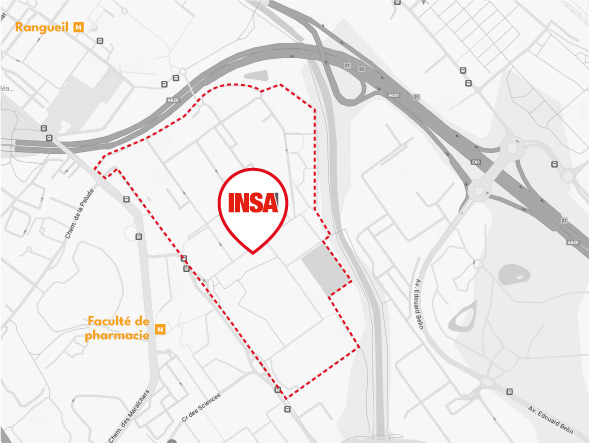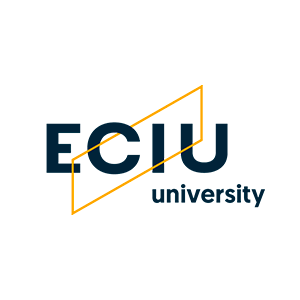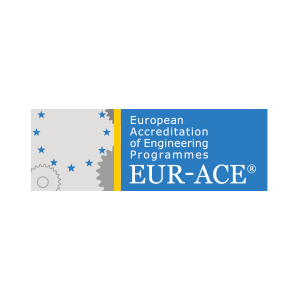Section I Microorganisms
I – Reminder of nomenclature rules
II – Principles and methods of classification and identification II.1 Principles of classification; II.2 Identification characteristics and procedures; II.3
Main characteristics and classification of some microorganisms
Section II. Respiration, photosynthesis and microbial growth
Section III Microbial viruses
III.1 Definition and history; II.2 Phage morphology and structural diversity; II.3 Distribution in ecosystems; II.4 Phage infection cycles; II.5 Genetic material and replication/transcription/translation; II.6 The example of T4 and Lambda phages
II.5 Genetic material and replication/transcription/translation; II.6 The example of Phage T4 and Phage Lambda
Section IV IV Symbioses
IV.1 Definition IV.2 The human intestine IV.3 Corals
Microbiology
Description
Objectifs
The aim of the microbiology course is to learn the rules of microorganism nomenclature, as well as the principles and methods of classification and identification of microorganisms. Students must know the characteristics and procedures for identifying microorganisms based on traditional techniques (collection of information directly, after culture or based on biochemical methods, antigenic characteristics, etc.). They will also need to understand and apply molecular methods based on nucleic acid analysis (use of nucleic probes, gene amplification, restriction or molecular profiling) or protein profiling.
In a second section, students will be able to independently investigate the reactions involved in respiration and photosynthesis of microorganisms and acquire the tools necessary to calculate average and specific growth rates.
A third section will focus on microbial viruses, and students will be expected to be able to describe their diversity, their ecological niche, and their role in regulating terrestrial and marine microbial biodiversity. They'll also need to know how to analyze and count them. The final section presents examples of symbiosis, human gut microbiota and corals.
Pré-requis
I2BEBS10 Structural biochemistry of carbohydrates, lipids and proteins.
I2BEMI20 Microbiology
Évaluation
L’évaluation des acquis d’apprentissage est réalisée en continu tout le long du semestre. En fonction des enseignements, elle peut prendre différentes formes : examen écrit, oral, compte-rendu, rapport écrit, évaluation par les pairs…
En bref
Crédits ECTS :
Nombre d’heures :

INSA Toulouse
135 avenue de Rangueil
31077 Toulouse cedex 4
Tél : 05 61 55 95 13
Fax : 05 61 55 95 00

Dans un souci d'alléger le texte et sans aucune discrimination de genre, l'emploi du genre masculin est utilisé à titre épicène.











